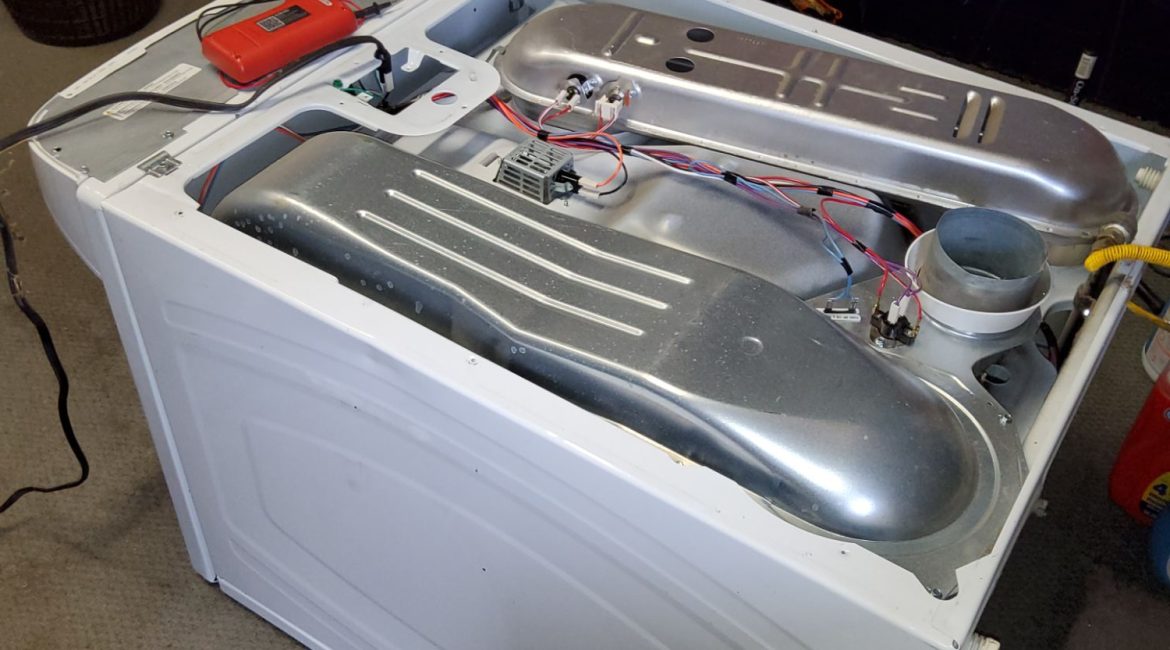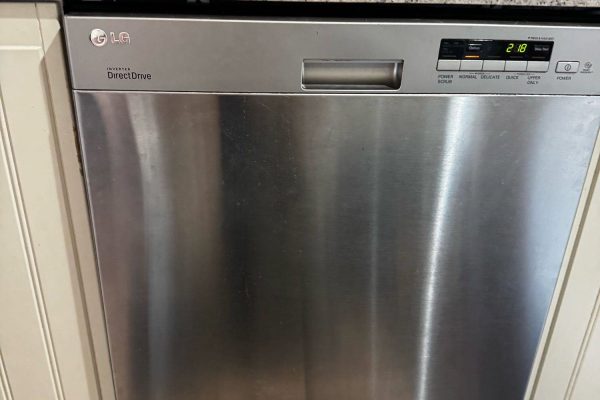When your washing machine fills with water and the motor hums, but the agitator doesn’t move, it can be both frustrating and confusing. The agitation cycle is one of the most critical steps in cleaning clothes effectively. Without it, dirt and detergent residue can remain trapped in fabrics, leaving clothes less than fresh. Two of the most common causes for this issue are a faulty motor coupling or worn agitator dogs. Understanding how these components work and how they fail can help you diagnose the problem — and know when it’s time to call a professional repair technician.
How the Agitation Cycle Works
During the wash cycle, the motor drives the agitator, which moves clothes back and forth through the water and detergent. This motion loosens and removes dirt. In top-loading machines, the agitator is typically a two-part structure: a base that moves clockwise and counterclockwise, and an upper section that features small plastic “teeth” or “dogs” that help grip clothes.
If your washer fills, drains, and spins normally but won’t agitate, the issue often lies in the mechanical link between the motor and the agitator — which points to either the motor coupling or agitator dogs.
Faulty Motor Coupling
The motor coupling is a small but essential part that connects the motor to the transmission. It’s designed to protect the motor and transmission by acting as a mechanical “fuse.” If the washer becomes overloaded or the coupling wears out over time, it can break, preventing the motor from transferring power to the agitator.
Symptoms of a Faulty Motor Coupling
- The washer fills and drains but does not agitate or spin.
- You may hear the motor running, but the agitator doesn’t move.
- A rattling or clicking noise may occur when the washer attempts to agitate.
Why the Motor Coupling Fails
- Overloading the washer: Regularly running oversized loads puts excess strain on the coupling.
- Normal wear and tear: Over time, the rubber or plastic parts of the coupling can degrade.
- Excessive vibration: An unbalanced washer or worn suspension springs can speed up the wear process.
Replacing a motor coupling involves accessing the motor and transmission assembly, which can be difficult without the proper tools or experience. A professional technician can quickly test the coupling’s integrity and replace it if necessary.
Defective Agitator Dogs
Agitator dogs are small plastic parts located inside the agitator’s upper section. They allow the agitator to move in one direction while locking in the other, creating the back-and-forth motion needed to clean clothes. When these dogs wear out, the agitator will spin freely in both directions instead of “gripping” and moving the clothes effectively.
Symptoms of Worn Agitator Dogs
- The agitator turns freely in both directions.
- Clothes remain dirty after the wash cycle.
- You hear the motor running normally, but there is no movement inside the drum.
Why Agitator Dogs Wear Out
- Age and usage: Frequent use causes gradual wear on the plastic teeth.
- Heavy loads: Overloading can cause premature wear.
- Detergent buildup: Residue can cause extra friction inside the agitator, wearing out the parts faster.
Replacing agitator dogs is generally simpler than repairing the motor coupling. A technician removes the agitator cap, replaces the worn parts, and ensures everything is reassembled correctly. However, if the issue is misdiagnosed, time and money could be wasted replacing parts unnecessarily.
Other Possible Causes
While the motor coupling and agitator dogs are the most common culprits, a few other issues can cause similar symptoms:
- Broken drive belt: In belt-driven washers, a worn or broken belt can prevent agitation.
- Defective lid switch: If the washer doesn’t detect that the lid is closed, it may not start agitation.
- Faulty transmission: A malfunctioning transmission can fail to shift into the agitation cycle.
- Control board failure: Modern washers rely on electronic controls; if the board malfunctions, the agitation cycle may not initiate properly.
A thorough inspection by a qualified technician is the best way to determine the exact cause.
Preventive Maintenance Tips
To prevent agitation issues in the future:
- Avoid overloading the washer. Load clothes loosely to allow proper movement.
- Use the correct detergent and avoid excessive use, which can create buildup.
- Balance the load evenly to reduce strain on internal components.
- Schedule periodic maintenance with a professional to ensure all parts are in good condition.
Regular care can help extend the life of your washing machine and prevent unexpected breakdowns.
If your washer starts but won’t agitate, don’t let it disrupt your laundry routine. The issue may seem minor, but continuing to run the washer in this condition can cause further damage to internal components.
The certified technicians at Oceanside Appliance Service Center specialize in diagnosing and repairing washing machine problems of all kinds. Whether it’s a faulty motor coupling, worn agitator dogs, or another issue entirely, our team will restore your appliance quickly and efficiently.
Contact Oceanside Appliance Service Center today for professional, same-day washer repair services and get your laundry routine back on track.
Contact us


